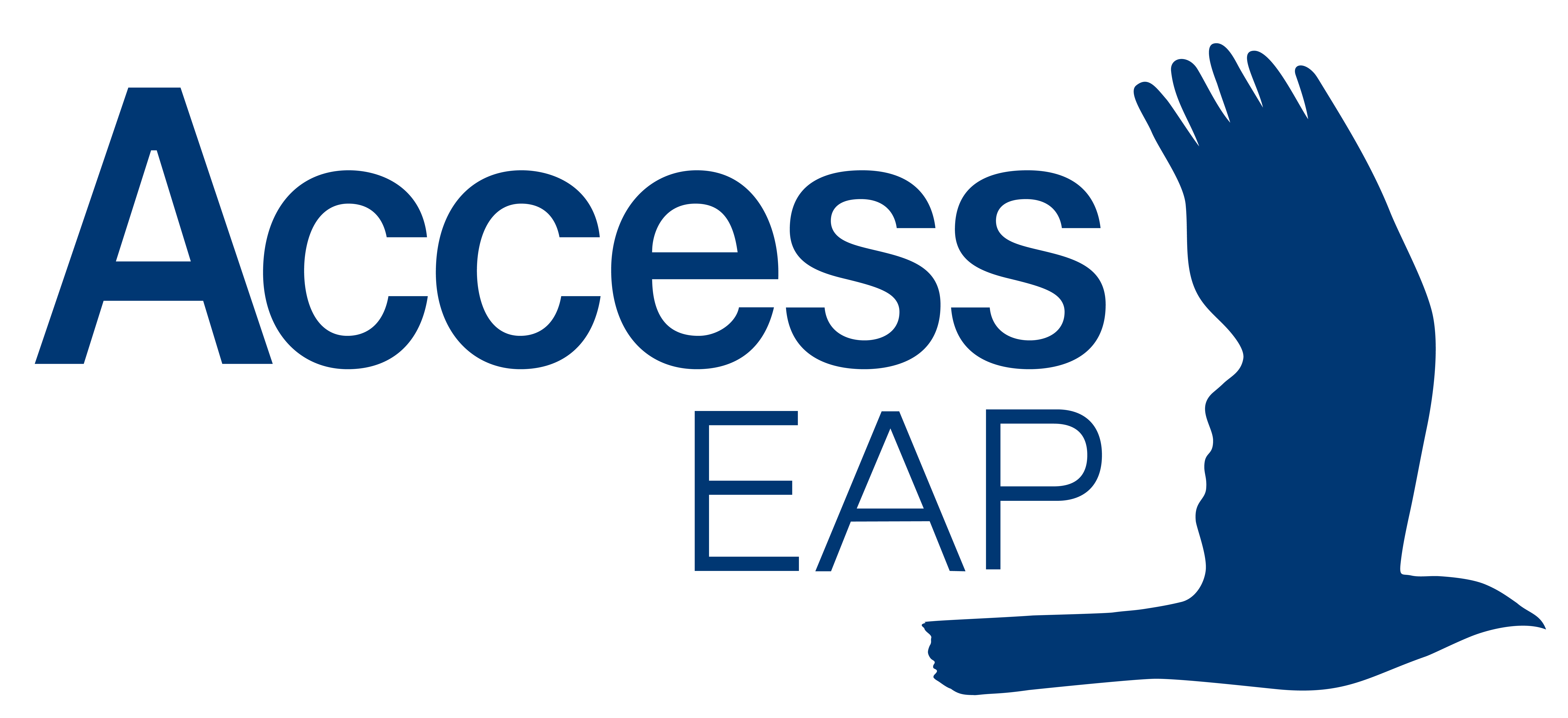AccessEAP Case Study: The Bourke Street Incident - Risk, Response and Recovery
This tragedy happened to shoppers, visitors, and workers. It happened right outside the workplaces of many retail workers, some were not allowed to leave their workplaces due to emergency services processes and police investigations. Frontline managers had to react and in-act the procedures they had in place to handle a crisis such as this. People were suffering, albeit in different ways, and they needed help.
Unfortunately these incidents are becoming a more common occurrence in our lives and will inevitably affect the people organisations and leaders are responsible for in our organisations. Most leaders take this responsibility very seriously and put measures in place to look after employees should a crisis occur and reduce the associated risks for the business such as having a Critical Incident Management Plan (CIMP), Training key employees/leaders in Critical Incident Management and a Business Continuity Plan (BCP).
In this particular incident the first responders were the public and then emergency services. AccessEAP received a large number of calls from our customers in and around the Bourke Street Mall. We initiated Critical Incident Response and Management processes to deploy counsellors to help workers onsite and over the phone. A few of our customers were right in the centre of the incident and their internal processes in responding to the incident meant that AccessEAP were able to fully support the employees and provide onsite mental health first aid within half an hour of the request for assistance.
Robust Risk Management is essential for business leaders and ensuring the risks are identified, managed and mitigated where possible is essential. In regard to critical incidents having a well thought out CIMP or BCP, including managing for a situation where there is a lock down, i.e. inaccessibility due to emergency services closures, is the first step to manage the risk associated with a critical incident. Secondly, the timely provision of support makes a great difference to the long term outcomes for the individuals affected. Support and education are essential to managing the risk associated with critical incidents. Unfortunately given the unpredictability of these incidents we cannot transfer or mitigate the total risk. We can however plan and manage through a crisis. Here are some quick thoughts to assist:
- Educate managers on how to respond appropriately to different reactions
- Group and individual sessions through your EAP, within a few days post event, allows people to share their experience, to be heard and hear others and to promote a culture of support and understanding
- Onsite sessions help to minimise the disruption to the workplace and promote organisational sense of wellbeing
- Educate managers and employees on how to identify changes in workplace behaviours that might signify a lack of coping in self or in other staff
- Encourage employees to support one another throughout the working day as people resume their normal activities
- Encourage communication between staff whilst acknowledging the difference in styles – some people want to talk, others may not
- Reinforce the importance of support networks outside the workplace
Do not expect normal productivity as people process the incident and accommodate changes to workload, work routines, access to leave - Symbolic gestures to acknowledge the event, such as setting up a donation fund to support the victims, good to consult employees what they would like
- Provide training/education forums around trauma to normalise experiences and highlight the availability of support structures
- Revisit the impact three to six months after the event through training and information sessions
- Promote physical activity and healthy eating habits in the workplace. Encourage ongoing professional assistance for those individuals in need.


